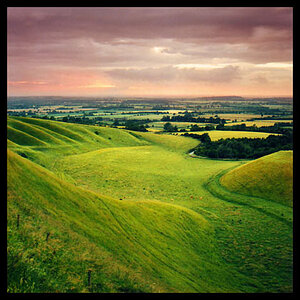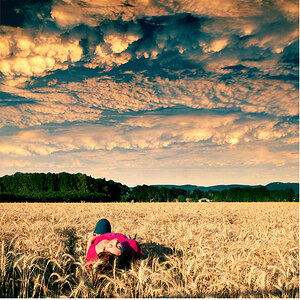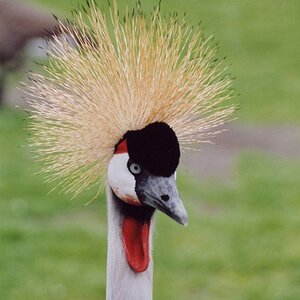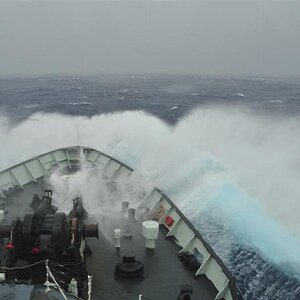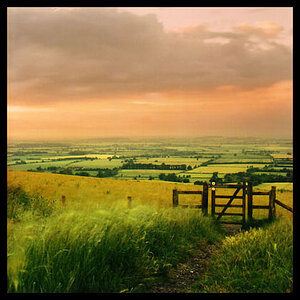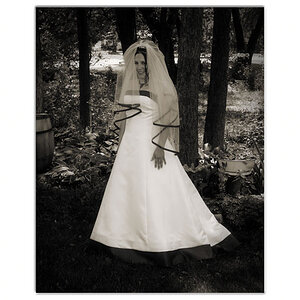Yzerwing
TPF Noob!
- Joined
- Jan 14, 2013
- Messages
- 56
- Reaction score
- 3
- Location
- Sparta, MI
- Can others edit my Photos
- Photos NOT OK to edit
Hello all,
I have recently acquired a new Canon Rebel T3 with the kit lens and a 300mm lens. I have been making progress with the camera in learning how to use it properly. I have been trying to take pictures of my daughters Cheerleading competitions. There is a lot of action shots to be had what with back flips and kartwheels and all. I have been having difficulty freezing the action on these shots. The subjects move so fast; I am usually about 25 ft. away; these events take place indoors in a gymnasium.
The problem I am having is that I have set the T3 to the highest ISO setting (6400) and set the Aperture to wide open. The fastest shutterspeed I can use and not get under-exposed shots is 1/250. This does not freeze the action. I still get blurring when my daughter is captured in mid-flight.
I have been shooting in manual mode.
Thank you for any help that can be offered to a frustrated amateur.
I have recently acquired a new Canon Rebel T3 with the kit lens and a 300mm lens. I have been making progress with the camera in learning how to use it properly. I have been trying to take pictures of my daughters Cheerleading competitions. There is a lot of action shots to be had what with back flips and kartwheels and all. I have been having difficulty freezing the action on these shots. The subjects move so fast; I am usually about 25 ft. away; these events take place indoors in a gymnasium.
The problem I am having is that I have set the T3 to the highest ISO setting (6400) and set the Aperture to wide open. The fastest shutterspeed I can use and not get under-exposed shots is 1/250. This does not freeze the action. I still get blurring when my daughter is captured in mid-flight.
I have been shooting in manual mode.
Thank you for any help that can be offered to a frustrated amateur.



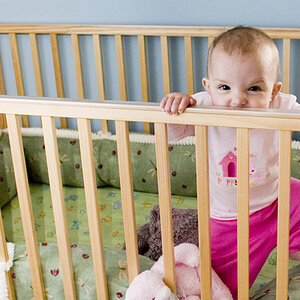
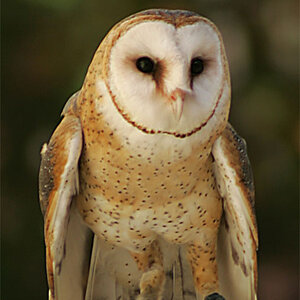
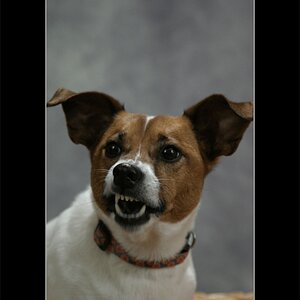
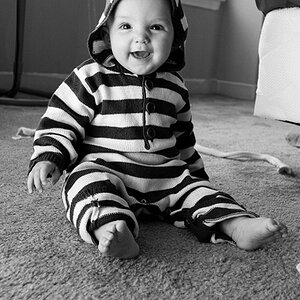
![[No title]](/data/xfmg/thumbnail/30/30858-42113a4c092a5983afa30e5c35cce4d0.jpg?1619734478)

